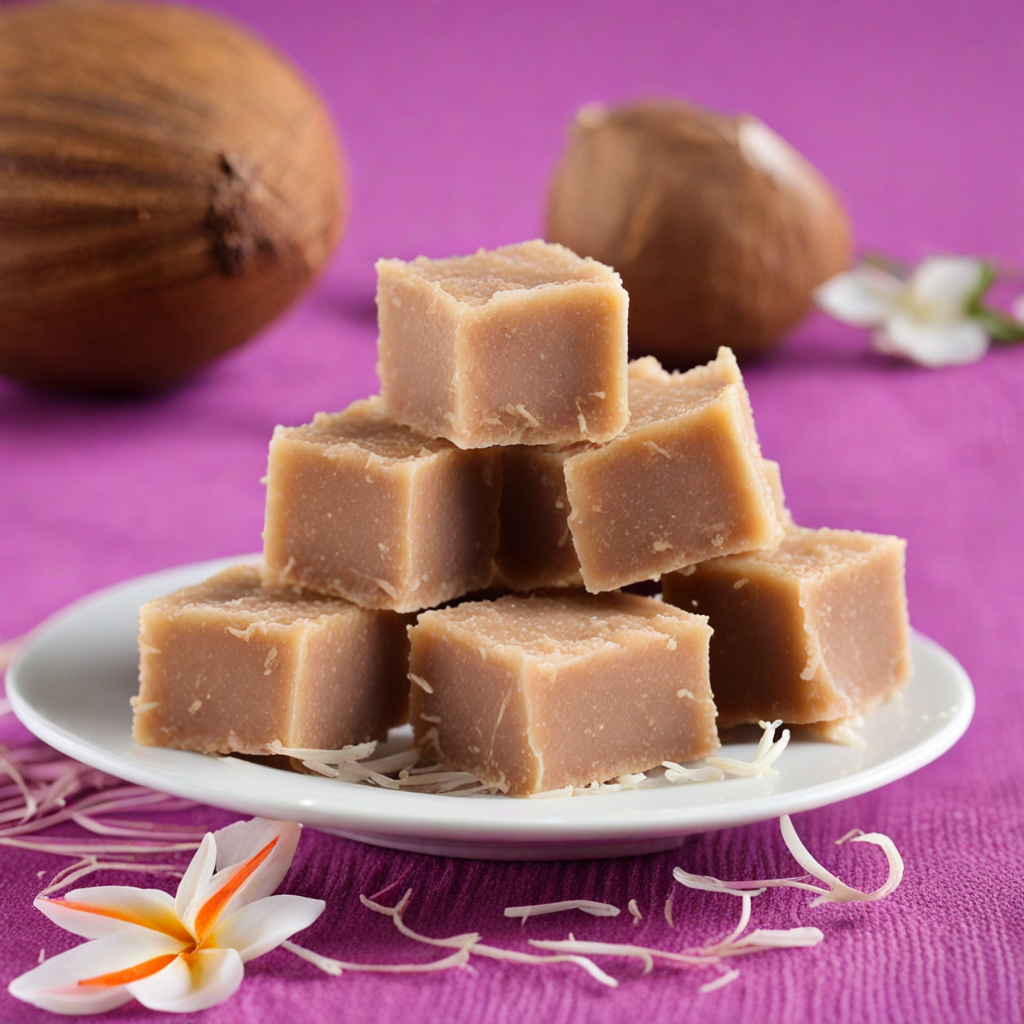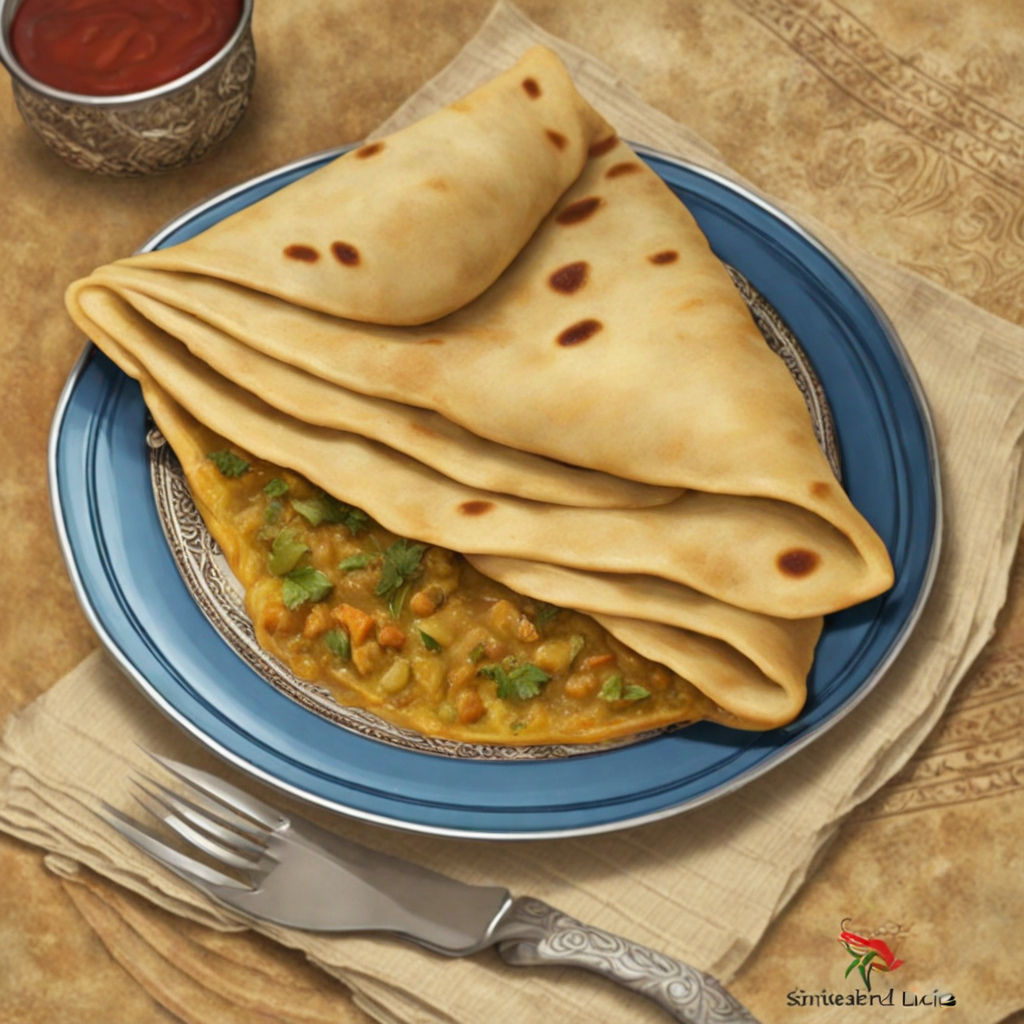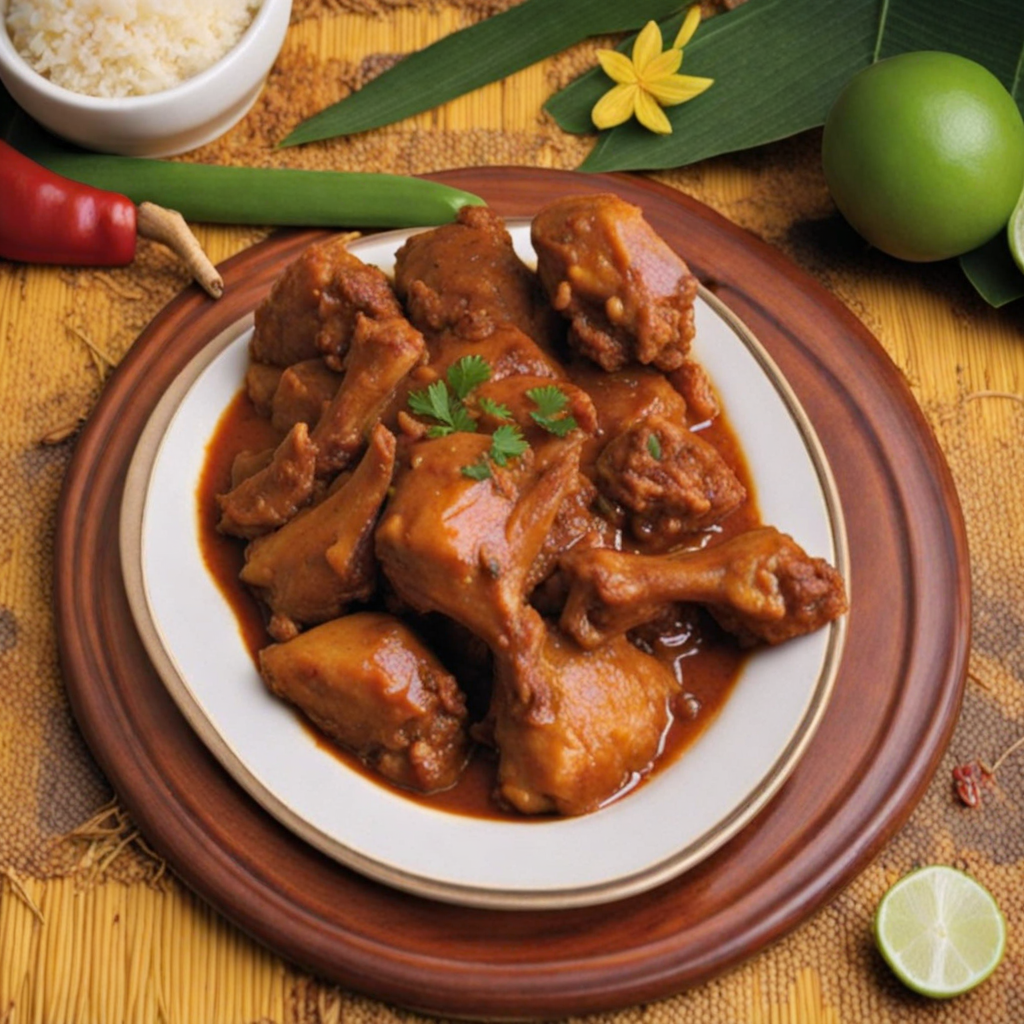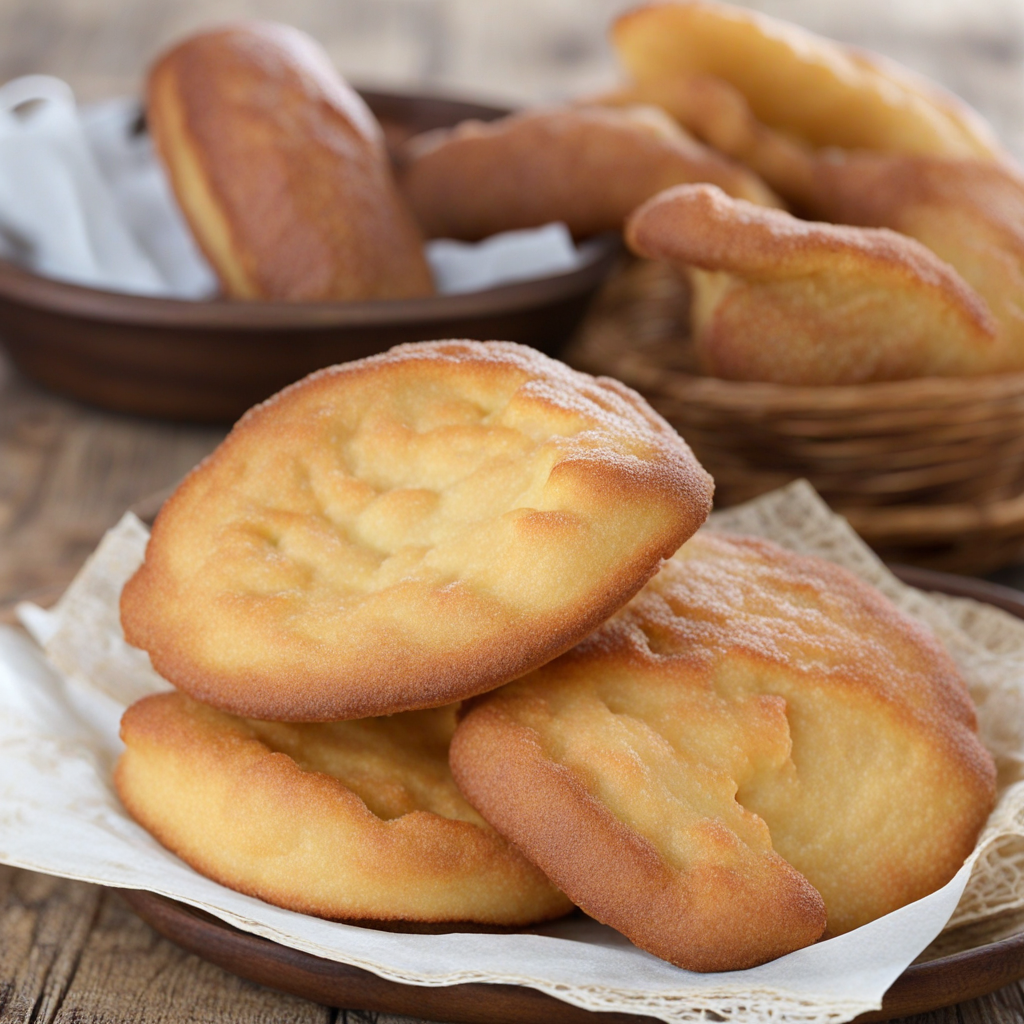Breadfruit
Breadfruit, a staple in Saint Lucian cuisine, is a versatile fruit that offers a unique taste experience. Its texture is similar to that of a potato, making it an excellent base for various dishes. When cooked, the flesh transforms into a creamy consistency, with a subtly sweet, nutty flavor that can be compared to a blend of potato and artichoke. This fruit can be prepared in numerous ways, including boiling, baking, or frying, allowing it to adapt to a wide range of culinary styles and preferences. In Saint Lucia, breadfruit is often enjoyed as a side dish, serving as a hearty accompaniment to traditional meals like fish or stews. It can also be mashed, roasted, or even turned into chips for a delightful snack. The versatility of breadfruit makes it a favorite among local chefs, who incorporate it into salads, curries, and even desserts, showcasing its ability to pair well with both savory and sweet flavors. The preparation methods highlight the fruit's ability to absorb spices and seasonings, enhancing its taste and making each dish a flavorful experience. Beyond its delightful taste, breadfruit is also valued for its nutritional benefits. Rich in fiber, vitamins, and minerals, it is a filling and healthy addition to any meal. As more food lovers seek out unique ingredients, breadfruit stands out as an exciting option to explore. For those looking to expand their palate, tasting breadfruit in its various forms is not just a culinary adventure but also a celebration of the rich flavors of Saint Lucian culture.
How It Became This Dish
The History of Breadfruit in Saint Lucia: A Culinary Journey Origin and Introduction Breadfruit (Artocarpus altilis) is a tropical fruit that has long been celebrated for its versatility and nutritional value. Originally believed to have originated in the Indo-Malay region, breadfruit made its way across the Pacific Islands, where it became an essential part of the diet of Polynesian peoples. However, the introduction of breadfruit to the Caribbean, and specifically to Saint Lucia, is a tale interwoven with colonial exploration and the pursuit of agricultural enrichment. In the late 18th century, Captain William Bligh, famous for the mutiny on the HMS Bounty, played a pivotal role in the transportation of breadfruit to the Caribbean. After his infamous voyage in 1789, Bligh undertook another expedition in 1792 to cultivate breadfruit in the West Indies as a solution to the food shortages faced by enslaved Africans working on sugar plantations. His efforts were part of a broader vision to provide a more sustainable food source for enslaved populations and to reduce reliance on imported provisions. Upon its introduction to Saint Lucia, breadfruit quickly adapted to the island's tropical climate. The fruit thrives in the rich volcanic soils of Saint Lucia, and its trees became an integral part of the agricultural landscape. The local populace embraced the fruit, recognizing its potential not just as a food source but also as a cultural symbol. Cultural Significance In Saint Lucia, breadfruit transcends mere sustenance; it embodies a rich tapestry of cultural identity and communal values. Traditionally, breadfruit is a staple food in Saint Lucian households, often prepared in various ways—boiled, roasted, fried, or mashed. Each method of preparation has its own cultural significance and is often associated with family gatherings and celebrations. One of the most cherished dishes is "breadfruit pie," which reflects the fusion of local culinary traditions with influences from European, African, and Caribbean cooking styles. This dish, typically made with a creamy filling and spiced with local seasonings, is a testament to the island's diverse heritage. The celebration of breadfruit during local festivals and events underscores its importance in the Saint Lucian culture, often featuring prominently in culinary showcases that highlight local ingredients. Moreover, breadfruit trees have become a symbol of resilience and resourcefulness within the community. The tree is not only valued for its fruit but also for its wood, which is durable and often used in local carpentry and construction. The ability to utilize every part of the tree is a reflection of the resourceful nature of Saint Lucian culture, where waste is minimized, and sustainability is prioritized. Development Over Time Throughout the 19th and 20th centuries, breadfruit's status evolved in Saint Lucia. The shift towards more commercial agriculture in the 20th century saw an increased focus on cash crops like sugar and bananas, which somewhat overshadowed traditional staples like breadfruit. However, as global food systems became more complex, and the demand for sustainable and local food sources grew, breadfruit began to regain its prominence. In recent decades, the island has experienced a resurgence of interest in breadfruit, driven by both local and international movements towards sustainable agriculture and food sovereignty. Local initiatives aim to promote breadfruit as a viable alternative to imported staples, emphasizing its nutritional value and adaptability to modern cooking. The rise of the "farm-to-table" movement has also encouraged chefs and home cooks alike to explore innovative recipes that celebrate breadfruit in new and exciting ways. Additionally, breadfruit's potential as a gluten-free alternative to grains has attracted attention beyond Saint Lucia. As dietary preferences shift globally, the fruit is being recognized for its versatility and health benefits. This has led to increased research into its uses, including flour production, which opens up new avenues for culinary creativity and economic opportunity for local farmers. Economic Impact and Future Prospects The economic implications of breadfruit cultivation in Saint Lucia are significant. As the global market increasingly values local and sustainable food sources, breadfruit presents a unique opportunity for farmers to diversify their crops and access new markets. Efforts to revitalize breadfruit cultivation include community education programs that teach sustainable farming practices and promote the fruit's nutritional benefits. Organizations and cooperatives are emerging to support local farmers in growing and marketing breadfruit. By forming alliances, farmers can share resources, knowledge, and access to markets, thereby strengthening the local economy. The potential for exporting breadfruit products, such as frozen slices or breadfruit flour, could further enhance economic viability and create new job opportunities within the community. Moreover, the promotion of breadfruit as a key ingredient in Saint Lucian cuisine has the potential to draw tourism to the island. Culinary tourism is on the rise, and visitors are increasingly seeking authentic experiences that include local flavors and traditional dishes. By showcasing breadfruit in restaurants and food festivals, Saint Lucia can position itself as a destination for food enthusiasts eager to explore the island’s rich culinary heritage. Conclusion The journey of breadfruit in Saint Lucia is a fascinating narrative of cultural adaptation, historical significance, and economic potential. From its introduction by Captain Bligh to its current status as a culinary icon and sustainable food source, breadfruit has woven itself into the fabric of Saint Lucian life. As the island navigates the challenges of modern agriculture and the global food system, breadfruit stands as a testament to resilience, community, and the enduring importance of traditional foods. In embracing and celebrating breadfruit, Saint Lucia not only honors its past but also paves the way for a sustainable and prosperous future. This humble fruit, with its rich history, cultural significance, and economic potential, is a vibrant symbol of the island’s identity and a cornerstone of its culinary landscape. As breadfruit continues to flourish, it reminds us of the interconnectedness of food, culture, and community—an enduring legacy that will resonate for generations to come.
You may like
Discover local flavors from Saint Lucia







